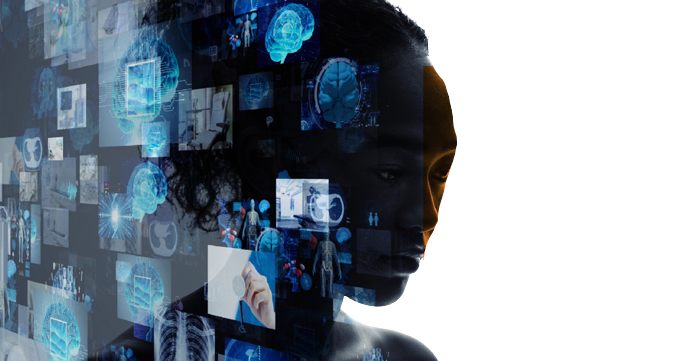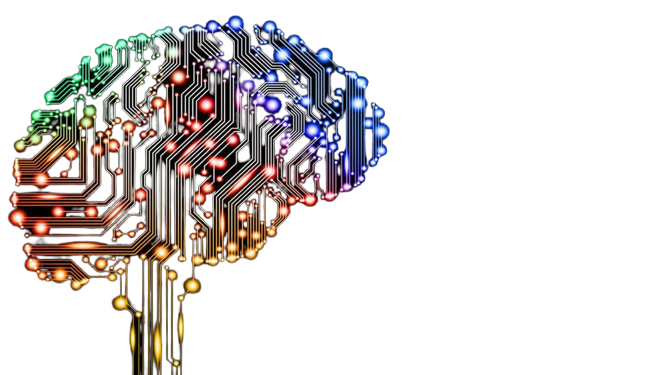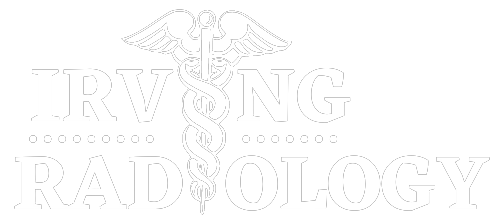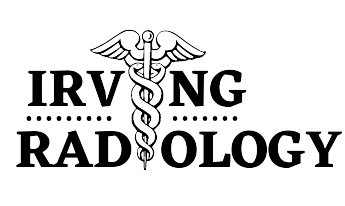As we turn pages, we can witness how revolving our medical field has been. Technological advancements in Radiology are taking great steps and could also be life-changing for medical students as well as for beings.

Radiology
Radiology is quite essential in our medical field. Earlier in the 1900s Radiology needed medically learned experts to capture photos for examination, radiologists were also known as clinical specialists.
AI in Radiology

Radiology has now become an important factor for treatment purposes and combining it with AI technology makes it impeccable.
AI adds more precision in photo capturing, and better decision-making for the patients. It also makes it much easier as it needs fewer resources for such a global population.
Although it’s a revolutionary idea, it still has some limitations. The good thing is doctors and scientists are working to find some answers in the near future.
Interventional Radiology

Interventional radiology is another revolutionary discovery, it helps doctors with images through x-rays and ultrasound to help them out during treatments.
Some outcomes that it produces:
- Helps in the draining of organs that can cause infection
- Helps in the removal of blood clots to prevent stroke
- Helps in preventing life-threatening bleeding caused by birth complications or trauma injuries
Why Is Subspecialization In Radiology Needed?

There are some strong factors regarding it—
- Overloading of information
Due to the rapid growth of the population information handling is getting worse, subspecialist training is an absolute need for experts with deeper knowledge and a good grip on the techniques.
- Developments are too rapid
Rapid development is resulting in increasing the temporal and spatial resolution of accusations in CT and the new software complexities packages in MR are supreme.
What Does Radiology Hold In The Near Future?
Its future is promising and we can see great advancements in its technology and performance. The advancement will come at a much faster rate. Most parts will be run by AI and we can only imagine how vividly healthcare would change with such advancements.
Usage Of AI In The Future
AI’s deep analyzing capabilities enable it to diminish many problems. With the power of AI doctors don’t need to traditionally evaluate medical images, AI itself will be able to detect problematic areas.
A recent survey hosted by European radiology shows the impact of AI in radiology—
- More job opportunities
- Report of workload
- Task defining
- Labeled images
- Time-saving
- Supervising
The survey jotted down the importance of AI in radiology.
What are the pros and cons of AI in radiology?
Just like every coin has two sides it implies AI as well,
Pros of AI
- Time-saving and fewer resources are needed
AI is absolutely a cost-effective technology for industrial purposes. Automation will help healthcare and medical institutes to save time and resources to perform tasks.
- Reduction of workload by handling mind-numbing tasks
It saves time as well as saves the workers from repetitive tasks-
- Appointment scheduling
- Summarisation of clinical points
- Record tracking of patients
Assist Radiologist In Finding Oddity
AI helps in creating accurate data which is essential for both medical experts and patients themselves. AI has also improved the performance of Radiologists.
Production of better and informed decisions
Clear data help doctors to make more accurate inspections and understand the problem. It reduces workload and makes it super productive and time-saving.
Cons Of AI
- Lack of understanding of practitioner’s workflow in totality
This might be the biggest negative of AI technology. AI in radiology is incapable of fully understanding a practitioner’s workload and can miss out on vital information which can lead to the wrong diagnosis.
- Human interaction is needed
Even though AI needs absolutely little human involvement, we still can’t miss out on it. Also, human instinct and gut feelings are something AI can never do.
- Vulnerability to security risks
Anything in the cyber world is vulnerable to cyber threats and attacks. Without authentic protection, cybercriminals might use sensitive information for their own benefit.
AI is gradually getting adopted in highly developed countries. Even though many physicians had the access to AI but still they weren’t using it.
Many studies are showing that mostly because, of a lack of understanding of the utility of AI many said that AI is not delivering the desired results.
Usage Of AI In Today’s World
According to the American College of Radiology research shows that AI has grown rapidly in 5 years between 2015 to 2020 about zero to 30%. According to the study, the industry is familiarizing itself with AI.
Vice president of clinical operations and associate chief medical officer of clinical AI at radiology partner claims, “Radiologists aren’t going to be replaced by AI, but radiologists who use AI and understand AI will replace those who don’t.”

